- Quick and easy service
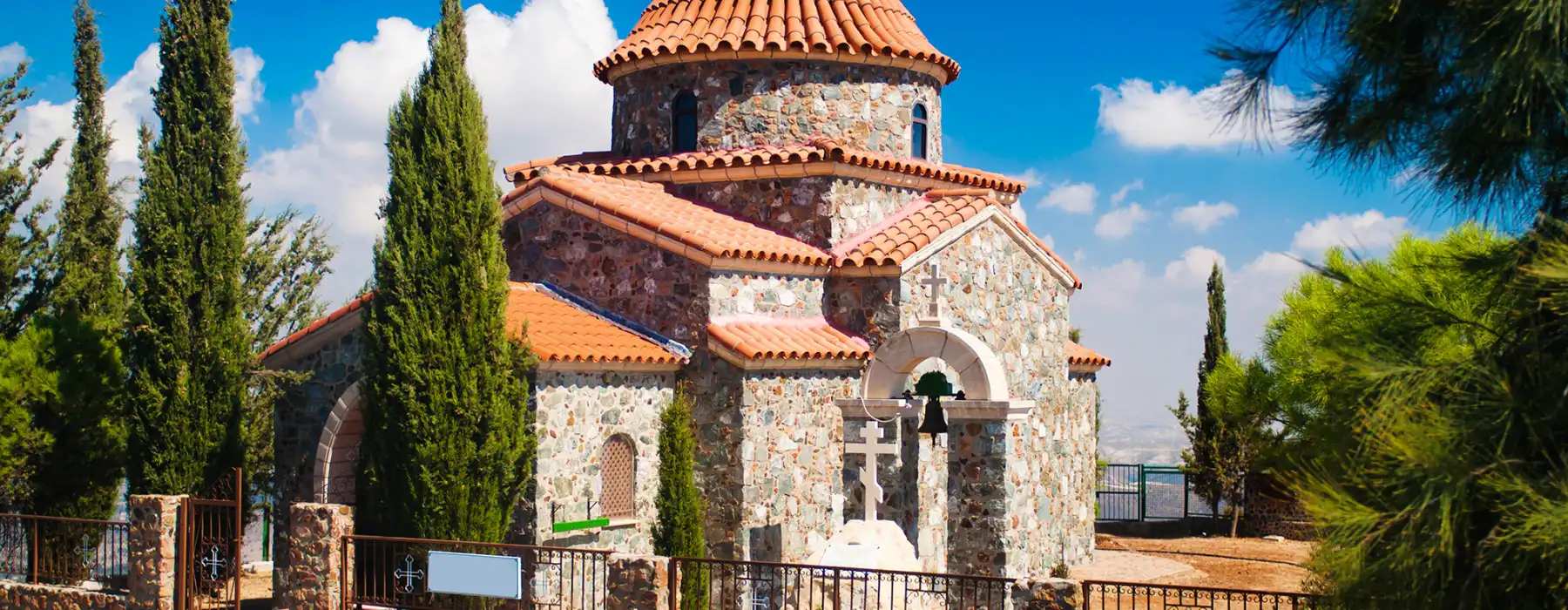
Car Rental Larnaca
Search, compare & book!
- Free cancellation Up to 48 hours prior to the scheduled pick-up time
- Best price guarantee Have you found a better price? Let us know and we will make you a better offer.
- 24000+ pick-up locations Locations around the world

Car Rental Larnaca
Renting a car in Larnaca is simple with us. We offer the best rates in the market. We offer rental cars worldwide, in over 125 countries and more than 17,000 locations. All inclusive car rental in Larnaca at the best rates - quality service guaranteed!
Car rental offers in Larnaca
Whether you're looking for a small rental car or a station wagon for the entire family, we will always have a suitable vehicle at the lowest price. Below are some examples from our selection in Larnaca.
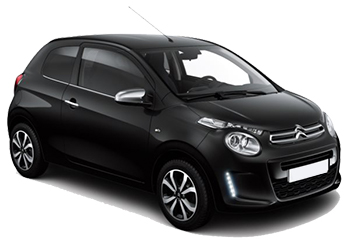
-
Get Your Car From€ 8 /day -
Flizzr From€ 12 /day -
Sixt From€ 14 /day
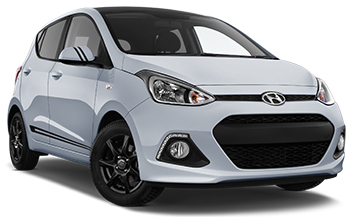
-
Autounion Car Rental From€ 8 /day -
Budget From€ 13 /day -
Thrifty From€ 19 /day
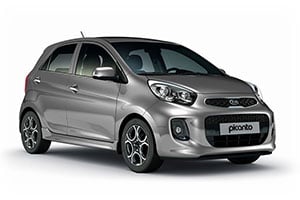
-
Sixt From€ 14 /day -
Green Motion From€ 16 /day -
Flizzr From€ 17 /day
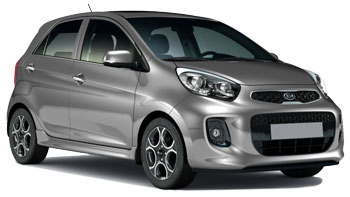
-
Get Your Car From€ 8 /day -
AERCAR From€ 9 /day -
Green Motion From€ 10 /day
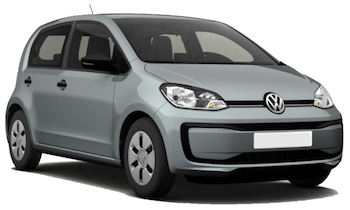
-
Get Your Car From€ 8 /day -
AERCAR From€ 9 /day -
Hertz From€ 18 /day

-
Sixt From€ 15 /day -
Flizzr From€ 17 /day -
Get Your Car From€ 20 /day
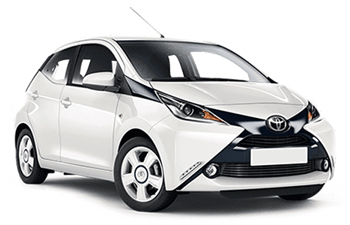
-
AERCAR From€ 9 /day -
U-Save Auto Rental From€ 12 /day -
Green Motion From€ 14 /day
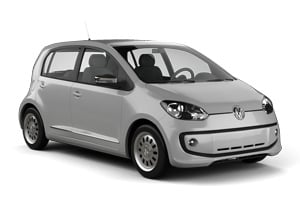
-
AERCAR From€ 9 /day -
Get Your Car From€ 9 /day

-
Autounion Car Rental From€ 15 /day -
Budget From€ 17 /day -
Hertz From€ 24 /day
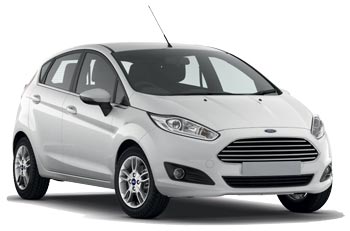
-
Autounion Car Rental From€ 9 /day -
Cyprus Airport Car From€ 11 /day -
Green Motion From€ 12 /day
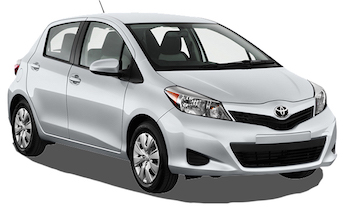
-
Get Your Car From€ 9 /day
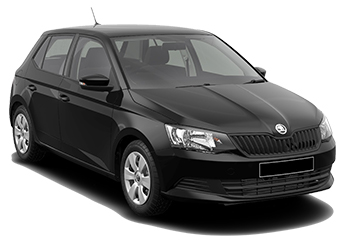
-
Sixt From€ 14 /day -
Flizzr From€ 18 /day -
Hertz From€ 26 /day
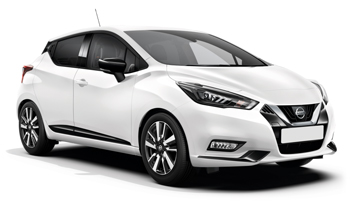
-
Get Your Car From€ 9 /day -
Europcar From€ 14 /day -
Payless Car Rental From€ 15 /day
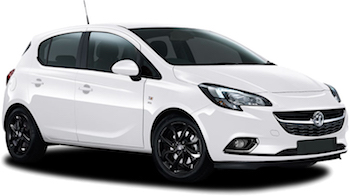
-
Get Your Car From€ 9 /day -
Autounion Car Rental From€ 10 /day -
Green Motion From€ 12 /day

-
Sixt From€ 15 /day -
Autounion Car Rental From€ 15 /day -
Green Motion From€ 17 /day
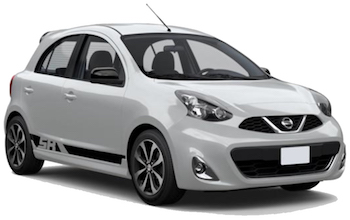
-
AERCAR From€ 9 /day -
Goldcar From€ 14 /day
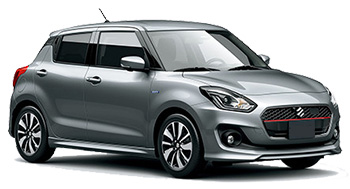
-
AERCAR From€ 9 /day -
Autounion Car Rental From€ 10 /day -
Green Motion From€ 11 /day

-
Autounion Car Rental From€ 15 /day -
Green Motion From€ 17 /day -
Alamo From€ 17 /day
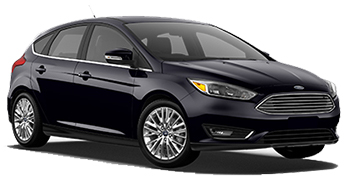
-
Get Your Car From€ 9 /day -
AERCAR From€ 11 /day -
Cyprus Airport Car From€ 14 /day
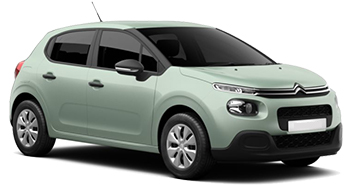
-
Get Your Car From€ 11 /day
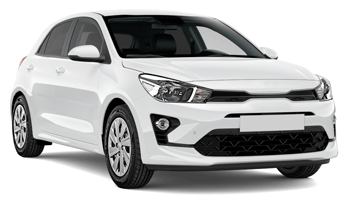
-
Sixt From€ 16 /day -
Europcar From€ 18 /day

-
Autounion Car Rental From€ 11 /day -
Alamo From€ 15 /day -
Right Cars From€ 16 /day

-
AERCAR From€ 11 /day -
Europcar From€ 14 /day -
Sixt From€ 15 /day
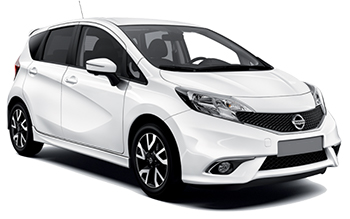
-
Autounion Car Rental From€ 18 /day -
Europcar From€ 21 /day -
Enterprise From€ 22 /day
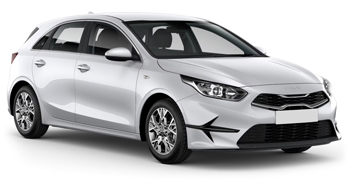
-
AERCAR From€ 12 /day -
Flizzr From€ 15 /day -
Carwiz rent a car From€ 15 /day
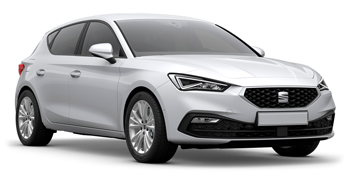
-
AERCAR From€ 13 /day
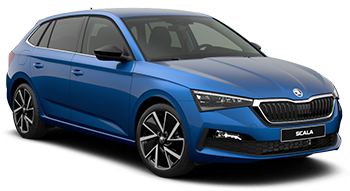
-
Sixt From€ 20 /day
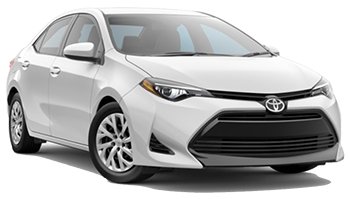
-
Get Your Car From€ 12 /day -
AERCAR From€ 16 /day -
Flizzr From€ 18 /day

-
Get Your Car From€ 14 /day

-
Get Your Car From€ 20 /day -
Flizzr From€ 24 /day -
Sixt From€ 25 /day
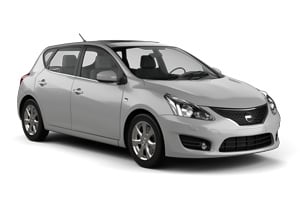
-
Payless Car Rental From€ 16 /day

-
Flizzr From€ 18 /day -
Sixt From€ 29 /day

-
Get Your Car From€ 21 /day
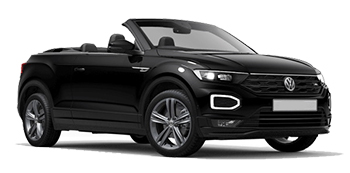
-
Flizzr From€ 18 /day -
Sixt From€ 30 /day -
Green Motion From€ 52 /day

-
Budget From€ 19 /day

-
Sixt From€ 21 /day
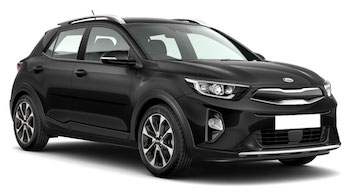
-
Europcar From€ 25 /day

-
Europcar From€ 25 /day
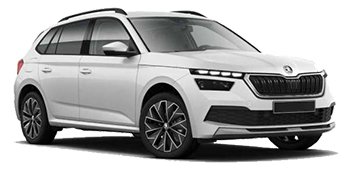
-
Sixt From€ 26 /day

-
AERCAR From€ 27 /day

-
Sixt From€ 27 /day
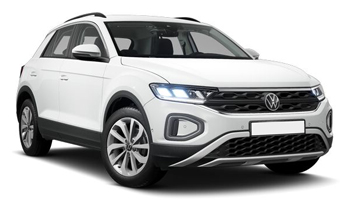
-
Sixt From€ 27 /day

-
Sixt From€ 29 /day
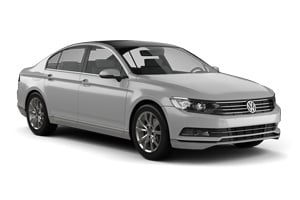
-
Autounion Car Rental From€ 29 /day -
Alamo From€ 38 /day -
Enterprise From€ 40 /day

-
Flizzr From€ 37 /day -
Europcar From€ 42 /day -
Keddy By Europcar From€ 49 /day
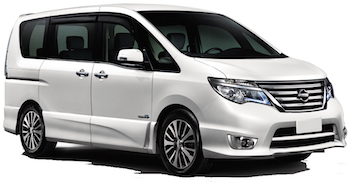
-
AERCAR From€ 31 /day -
Cyprus Airport Car From€ 39 /day -
Europcar From€ 40 /day
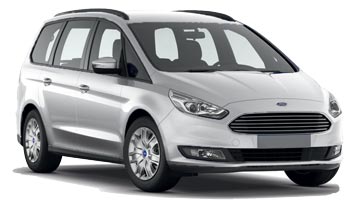
-
Green Motion From€ 32 /day

-
Green Motion From€ 35 /day

-
Autounion Car Rental From€ 33 /day

-
Autounion Car Rental From€ 37 /day

-
Cyprus Airport Car From€ 36 /day -
Europcar From€ 36 /day

-
Europcar From€ 41 /day
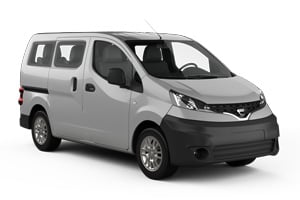
-
Cyprus Airport Car From€ 38 /day -
Europcar From€ 39 /day -
Keddy By Europcar From€ 49 /day

-
Europcar From€ 43 /day -
Cyprus Airport Car From€ 44 /day -
Carwiz rent a car From€ 50 /day
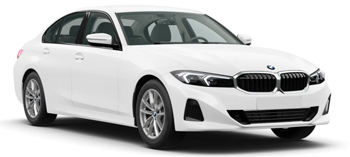
-
Keddy By Europcar From€ 52 /day

-
Keddy By Europcar From€ 55 /day

-
Sixt From€ 73 /day
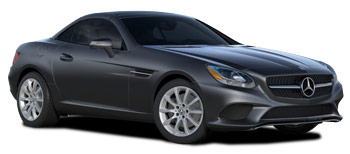
-
Sixt From€ 73 /day

-
Sixt From€ 73 /day

-
Sixt From€ 73 /day
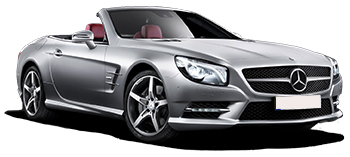
-
Sixt From€ 82 /day
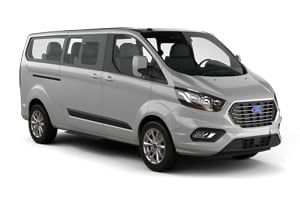
-
Green Motion From€ 83 /day -
Keddy By Europcar From€ 102 /day

-
Sixt From€ 87 /day
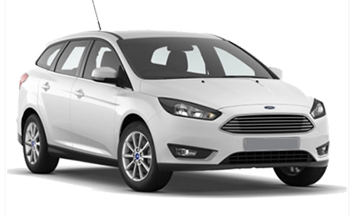
-
U-Save Auto Rental From€ 18 /day -
Green Motion From€ 20 /day
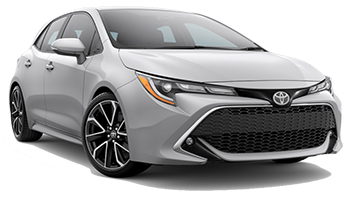
-
Flizzr From€ 18 /day -
Green Motion From€ 22 /day -
AERCAR From€ 25 /day
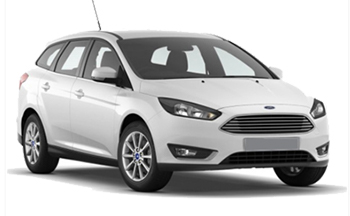
-
Green Motion From€ 24 /day

-
Carwiz rent a car From€ 20 /day

-
Cyprus Airport Car From€ 24 /day -
Europcar From€ 24 /day -
My Car From€ 29 /day

-
Flizzr From€ 26 /day -
Green Motion From€ 26 /day -
Avis From€ 44 /day

-
Europcar From€ 28 /day -
My Car From€ 34 /day -
Keddy By Europcar From€ 35 /day
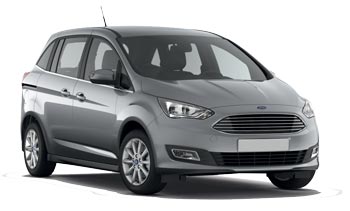
-
Autounion Car Rental From€ 30 /day -
Alamo From€ 54 /day -
Enterprise From€ 71 /day

-
Enterprise From€ 44 /day
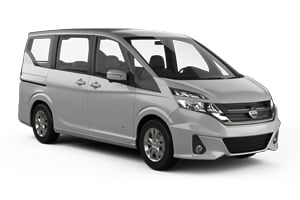
-
AERCAR From€ 32 /day -
Get Your Car From€ 37 /day -
Cyprus Airport Car From€ 39 /day

-
Cyprus Airport Car From€ 38 /day -
Europcar From€ 39 /day -
My Car From€ 47 /day

-
Get Your Car From€ 38 /day -
Europcar From€ 43 /day -
Cyprus Airport Car From€ 44 /day

-
Keddy By Europcar From€ 52 /day -
My Car From€ 52 /day -
Europcar From€ 56 /day
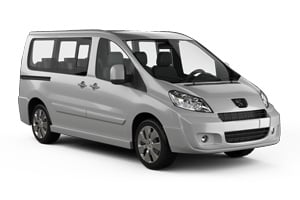
-
Alamo From€ 66 /day -
Enterprise From€ 119 /day
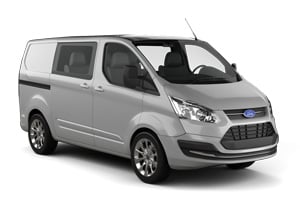
-
Sixt From€ 67 /day

-
Sixt From€ 70 /day

-
Alamo From€ 71 /day -
Enterprise From€ 124 /day
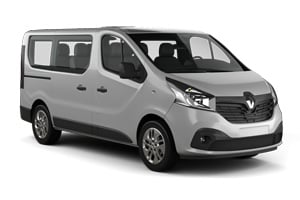
-
Flizzr From€ 71 /day

-
Sixt From€ 53 /day

-
Carwiz rent a car From€ 57 /day

-
Sixt From€ 71 /day

-
Carwiz rent a car From€ 59 /day
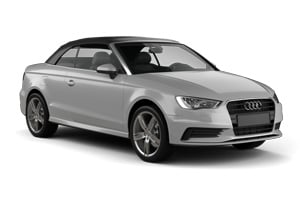
-
Sixt From€ 64 /day -
Hertz From€ 75 /day -
Avis From€ 89 /day

-
Sixt From€ 73 /day

-
Sixt From€ 71 /day

-
Hertz From€ 80 /day -
Avis From€ 101 /day -
Sixt From€ 103 /day
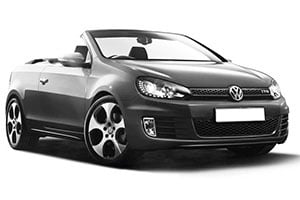
-
Budget From€ 83 /day
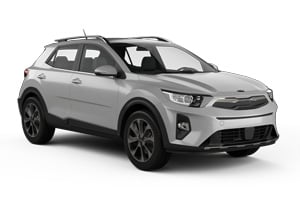
-
Get Your Car From€ 13 /day -
Flizzr From€ 16 /day -
Green Motion From€ 17 /day

-
Flizzr From€ 18 /day -
Sixt From€ 26 /day

-
Flizzr From€ 21 /day -
Sixt From€ 22 /day -
Alamo From€ 24 /day

-
Flizzr From€ 18 /day -
Autounion Car Rental From€ 22 /day -
Sixt From€ 27 /day

-
Alamo From€ 20 /day -
Enterprise From€ 21 /day -
Hertz From€ 31 /day

-
Flizzr From€ 22 /day -
Sixt From€ 27 /day
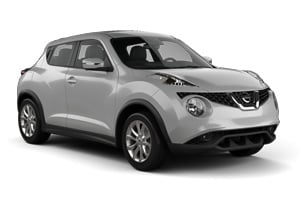
-
Green Motion From€ 20 /day -
Europcar From€ 22 /day

-
Flizzr From€ 23 /day -
Sixt From€ 29 /day -
Autounion Car Rental From€ 29 /day

-
Green Motion From€ 21 /day -
AERCAR From€ 58 /day
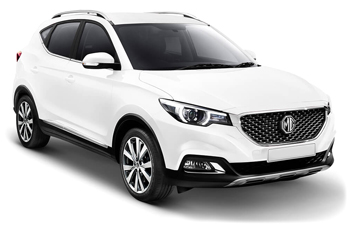
-
Green Motion From€ 34 /day

-
Green Motion From€ 43 /day

-
Carwiz rent a car From€ 99 /day

-
Carwiz rent a car From€ 134 /day
Car rental companies in Larnaca
Below are the car rental companies in Larnaca with the best ratings. Compare all ratings and prices of these rental companies in one search.
-
Enterprise
From€ 12 / day -
Get Your Car
From€ 8 / day -
Sixt
From€ 14 / day -
National Car Rental
No rates available -
Budget
From€ 13 / day -
Hertz
From€ 18 / day

Car rental companies in and around Larnaca
Information about Larnaca
Larnaca is a seaside town on the southern coast of Cyprus, on the Greek part of the island. It's a modern city but you can find many remains of ancient civilizations both in Larnaca and its surroundings. The Finikoudes Promenade along the sea forms the heart of the city. Along this promenade you'll find dozens of bars, restaurants and outdoor cafés. On the waterfront there is also a castle, built by the Ottomans in 1625 and later used as a prison by the British. During summer months there are regular outdoor concert in the courtyard. Opposite the castle you'll find Larnaca's mosque, originally a church from the thirteenth century.
Larnaca's main attractions are the ruins of the ancient Kition, a powerful city-kingdom in the thirteenth century BC. Here you'll find the remnants of remarkably thick walls made of gigantic rocks and the remains of five temples. The largest was dedicated to the goddess of fertility, Astarte. Four smaller temples were connected with workshops where copper was melted. For a proper understanding of this ancient civilization you have to pay a visit to the Archeological Museum. In addition to finds from Kition, the museum also exhibits objects from the Neolithic settlements Choirokoitia and Tenta.
More archeological finds can be seen in the museum of the Pierides Foundation. It concerns the private collection of the Pierides family that gives a fascinating picture of the developments on Cyprus from the fourth century BC until the fifteenth century AC.
It will always remain a point of controversy whether Lazarus lived in Kition or near Marseille after his resurrection from the dead. There is, however, no denying that the Agios Lazaros is a particularly beautiful Byzantine church, built in the ninth century and restored in the seventeenth century. The bell tower was built during the mid-nineteenth century. The story goes that in the year 890 Lazarus' tomb was discovered with the inscription "Lazarus, Bishop of Larnaca. Dead for four days. Friend of Jesus." You can see this marble sarcophagus in the sanctuary. The iconostasis inside the church is a fine woodwork example. More Byzantine religious art can be found in the museum of the church.
In and around Larnaca
Between the city and the airport lies a salt lake that is only filled with water during winter months. This is when the lake is visited by thousands of flamingos, wild ducks and other waterfowl. Halfway the road to the salt lake you pass the Ayia Phaneromeni cave church. Originally it was probably a Phoenician cemetery. The cave church is said to have a healing effect. People who want to get rid of their headache have to walk around it three times and leave a garment or lock of hair near the latticework of the window on the south side. The wives of men working abroad also come here to pray for their safety.
On the shores of the salt lake lies the Hala Sultan Tekke where Umm Haram, foster mother of the Prophet Muhammad, is buried. Just outside the city you can see the remains of the Kamares Aqueduct that brought water from a source five kilometers outside Larnaca to the city. No, the Romans did not build it. This aqueduct was constructed in the eighteenth century, after ancient examples of Roman times.
Pano Lefkara is a beautiful village southwest of Larnaca at the foot of the Troodos Mountains. It is not only known for its centuries-old, picturesque houses, but also for the skillful lace work (Lefkaritika Kentimata) that is made here. From Lefkara you can take a path to another beautiful village, Kato Drys. The path follows a beautiful route over the Sotira Mountain.
Scuba divers mainly come to Larnaca for the wreck of the Zenobia, a modern ferry that sank in 1980 at its first departure because of a computer error. The boat, including trucks and other cargo, lies at a depth of 42 meters, but the upper part of the wreck lies only 18 meters below sea level.
Scuba diving and snorkeling are also popular activities in the waters near the Cape Greco Peninsula. It has a dramatic rocky coastline with sea caves and the land itself is also rugged with a unique flora and fauna. It is a protected area.
Parking
Recently Larnaca's center was thoroughly overhauled and many streets and squares are now pedestrianized. At the same time parking garages were built and so you will have no trouble finding space for your rental car. If you do park out on the streets, pay attention to a double yellow line along the sidewalk. Parking is prohibited here. Next to a single yellow line you are only allowed to stop briefly for picking people up or dropping them off.
Airport
The international airport, Larnaca Airport, is located 5 kilometers south of the city. You can easily reach the airport by rental car as it is situated along the Artemidos (B4) Road that runs from the city center to the airport. The A3 beltway ends at Larnaca Airport.